Wramplingham SS Peter & Paul















































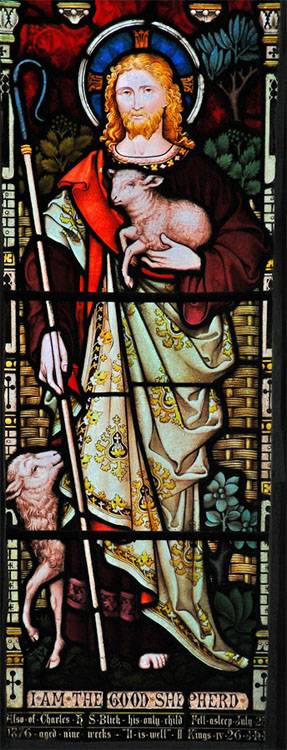








































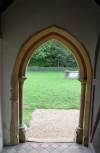

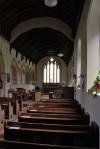







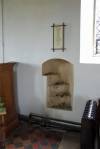
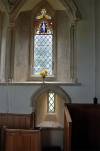
















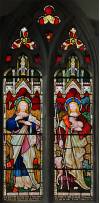





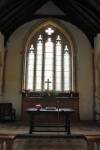








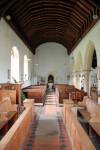



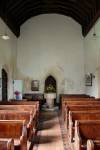





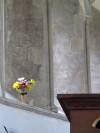

SS Peter and Pauls Church Wramplingham
Where to find this church
Church Information
St Peter and St Pauls church is located in Wramplingham, a Norfolk village about 3 miles north of Wymondham.
This church is usually open to visitors
* denotes external links that open in a new window

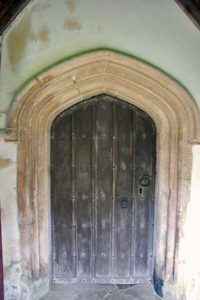
Visiting Wramplingham St Peter & St Paul
Wramplingham St Peter and St Paul is one of the churches where I cannot remember a lot about our visit, apart from the fact that the sky was grey, making the exterior photos rather dull. It has another round tower with an octagonal belfry, though this one is all of the same build around 1300. The openings in the circular part are all brick-framed, though the lowest one, on the south side, is formed of 19th century bricks. There is a first floor lancet facing west, and three slit openings near the top of the circle. The octagonal section has brick quoins. The four belfry openings are framed with stone, and they have a straight-sided cusped hexagon in the apex of the tracery, rather than a quatrefoil. There is a will leaving money to the building of the octagon in 1439. The west quoins of the nave are formed of flints, so it could be 12th century. In support of this date, a round-headed stone doorway has been re-positioned towards the east end of the north aisle. It was probably moved from the original nave wall when the 1872 aisle was added, and the 14th century windows were re-inserted having their tops adjusted to a square head to fit the height of the new wall. The delight of this Church is its chancel, with the six original 13th century lancets on each side, though one on the south is a double width. The windows have a string course linking their hood moulds, with a head at each end. Below the west one on the south side, is a low side window, now thought to have been provided for the Sexton to ring a bell outside at the important parts of the Mass Service. The east wall was rebuilt in 1863, with a modern version of the tracery.
From the nave the tower arch is rounded, but from the inside of the tower it could have been a doorway through the west wall, before the tower was added. It appears that the tower wall was added on to the nave wall, and is 5 feet 7 inches thick! The plain 13th century font stands in front of it. The aisle is separated from the nave by two octagonal pillars. Some ancient carved stones have been re-set at the back of the aisle. The chancel has shafts between its windows, and the hood moulds over the arches meet in either heads or stiff-leaf foliage. There is chamfering either side of the shafts, with trefoils just below the capitals where more tiny heads can be found. Some of the windows still retain fragments of 14th century glass in the tracery, such as a blue daisy motif. The arch over the sedilia has largely disappeared, and there is a small piscina set in the back of the sedilia. Behind the altar in the east wall is a double aumbry (cupboard), which is an unusual position.
Conclusion: large country church with interesting chancel


